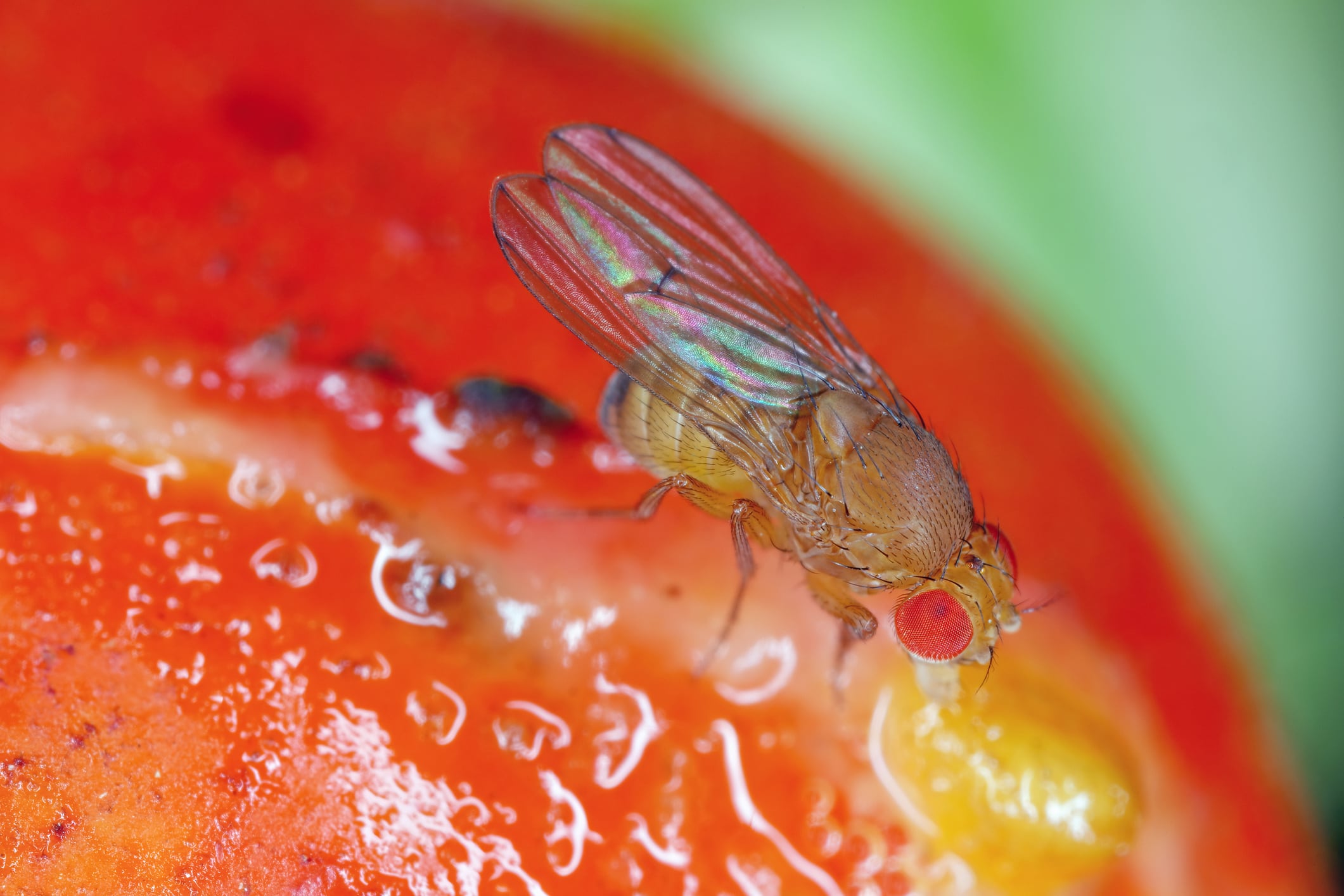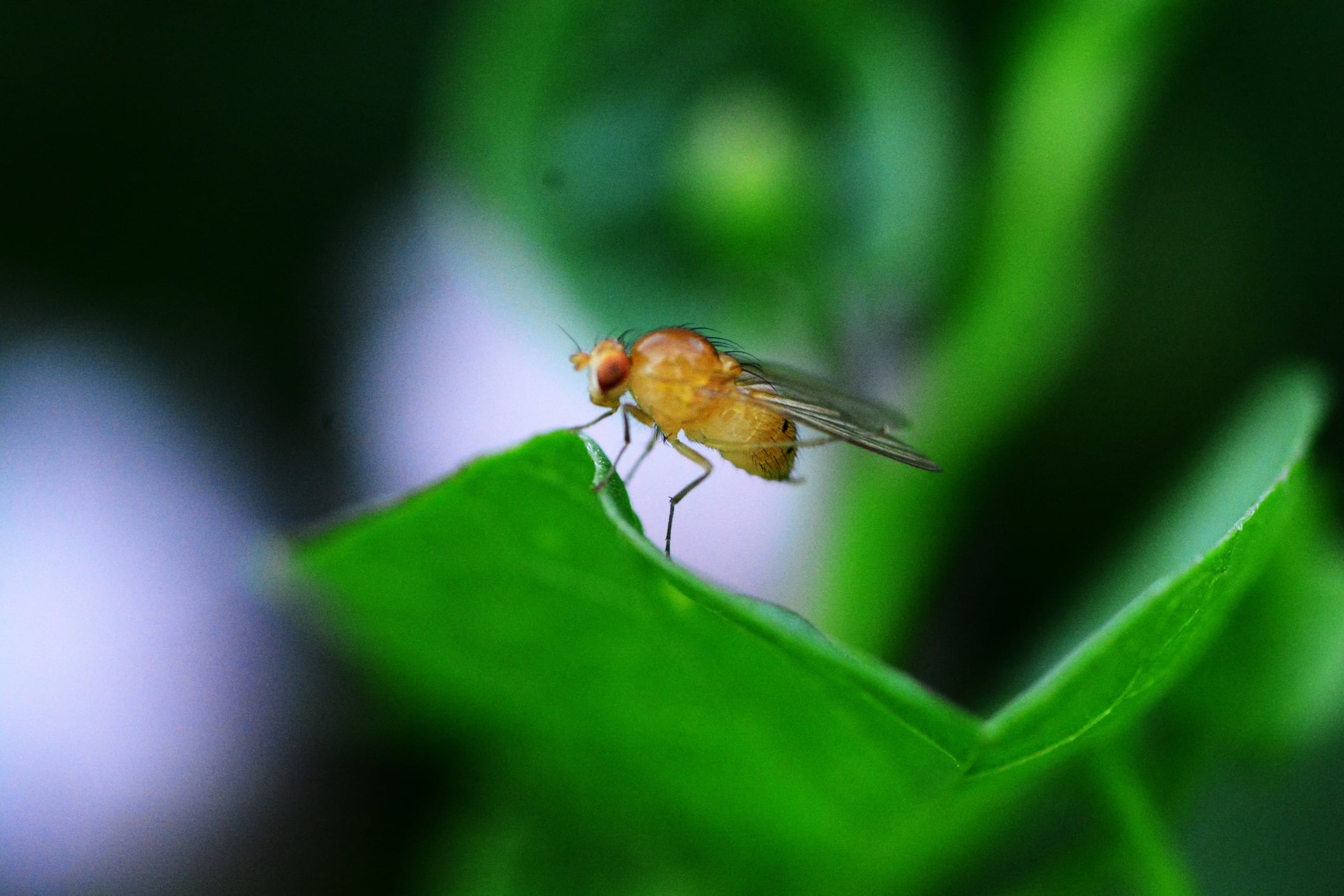The oriental fruit fly has been repeatedly sighted in Europe and threatens harvests. The EU-funded React project involves scientists from 15 institutions from 12 countries on three continents to prevent the spread of the oriental fruit fly and the peach fruit fly.
“Just a small population of oriental fruit flies that makes it to Europe is enough to stay and spread,” said React’s Hélène Delatte, an entomologist. “We therefore need to be more careful in Europe, and we need to develop the ability to react quickly to the first individuals as soon as we find them.”
The buzz around Sterile Insect Technique
Sterile Insect Technique (SIT) applications are being developed by the React team to deploy in European agriculture. The SIT pest control method involves mass-rearing and sterilising target insect species using radiation (e.g., gamma rays or X-rays), then releasing them systematically into the wild to reduce pest populations.
It is “one of the most environmentally sustainable pest control methods available today,” said the React project coordinator Marc Schetelig from the Institute of Insect Biotechnology at Justus Liebig-University Giessen in Germany.
SIT is “highly species-specific, leaves no chemical residues and when sterilization is achieved through gamma or X-ray irradiation does not promote the development of resistance,” he told AgTechNavigator. “It integrates seamlessly with biological and ecological pest management strategies.”
A ‘rapid, targeted and environmentally friendly response’
The project’s core objective is to advance SIT as a “rapid, targeted and environmentally friendly response to emerging pest outbreaks in Europe and make it accessible for invasion scenarios,” he said.
React is developing ready-to-deploy SIT packages targeting selected invasive fruit fly species. The approach involves mass-rearing the target pest, sterilizing males using ionizing radiation, and releasing them into the affected area. These sterile males mate with wild females, resulting in no viable offspring and a progressive decline in the pest population.
Unlike traditional large-scale SIT programmes, React is aiming to focus on a more agile and reactive model, Schetelig told us. “The aim is to enable rapid intervention following early detection of invasive pests at border checkpoints, customs, or on farms,” he said. “Our strategy emphasizes short lead times, from detection to release within a few weeks, and requires only small to medium-scale production facilities.”
To support this, the project is accelerating the development of Genetic Sexing Strains using a combination of classical genetics and modern biotechnology. These strains allow the selective production and release of only non-damaging males, ensuring both effectiveness and environmental safety.
Operational and market readiness
React is a funded via Horizon Europe’s Research and Innovation Action with €6.65 million allocated for a four-year implementation period.
The end goal is to advance SIT-based approaches towards operational and market readiness. “While specific developments remain under evaluation, the project is generating tools, protocols, and biological material that could support future regulatory approval and commercial application,” Schetelig explianed.
“In close collaboration with our SME partner, we are actively exploring pathways for practical implementation and potential market deployment. We are also engaging with interested industry stakeholders to ensure that the project’s outcomes are aligned with real-world needs and have clear potential for commercial and operational use.”
React directly addresses logistical and cost barriers, he added, by accelerating the development of genetic sexing strains, optimizing mass-rearing processes, and promoting modular, scalable production systems.
“Early engagement with regulatory authorities is also a key component. The objective is to reduce both the time from detection to field deployment and the overall cost per release, making SIT more accessible for rapid response to invasive pest outbreaks.”




